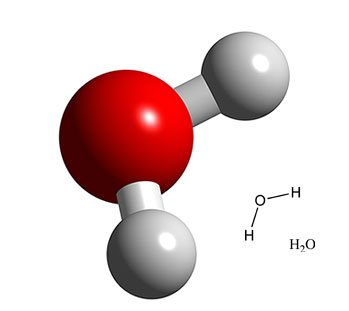Table of Contents (click to expand)
Yes, it is possible to turn lead into gold in a laboratory, but it is not practical because it requires too much energy.
Do you remember reading Harry Potter for the first time and feeling awed at the power of witches and wizards? Making water out of nothing by waving a wand, flying around on broomsticks, disapparating from one place and apparating at another… J.K. Rowling made it seem like magic truly had no bounds. From time to time, we’ve all wished for magical abilities, but then just as quickly dismissed them as impossible.
Well, it turns out that this magical world of our dreams is not as far away as it seems. For example, one of the most valuable objects in the Harry Potter universe is the Philosopher’s Stone. Said to have been created from dragon’s blood, it is a bright red gem that holds the power to turn lead (or other base metals) into gold. People all over the world (our world, that is) have been trying to find the mythical stone for centuries. The search for the stone is the central aim of the field of alchemy, which gave rise to modern chemistry and medicine.
One of the most famous alchemists was Isaac Newton, who spent more time studying alchemy than physics or mathematics, although those are the fields in which he is renowned. In fact, Newton was actually one of the last alchemists, as the field quickly fell into disrepute and was replaced by the more rational and scientific study of chemistry. The Philosopher’s Stone became something used to trick people out of their money, but now, if you ask someone if it is possible to turn lead into gold, they will flatly deny it, informing you that it is impossible.
However… Is It Possible?
Yes, actually. It turns out that it has already been done in a laboratory. To understand how, though, we need to step back a bit and analyze how substances are formed. Everything in our world is made up of tiny particles called atoms. Elements, such as gold, hydrogen, and oxygen, are made up of only one kind of atom, while compounds are made up of combinations of these atoms. For example, the smallest part of water, a water molecule, is made up of two atoms of hydrogen and one of oxygen held tightly together by chemical bonds.

Now, the atoms themselves are made up of three tiny particles: positively charged protons, negatively charged electrons and neutrons, which have no charge at all. Now, the protons and the neutrons sit at the center of the atom in the nucleus, while the electrons, which are much lighter, move around this nucleus. The number of protons in the nucleus is very important, as it determines the element of the atom. This is called the atomic number, and it is basically the identification number of the element. For example, carbon has 6 protons and oxygen has 8. The atomic number of gold is 79 and lead is quite close to that, with an atomic number of 82.
Also Read: Where Did The Elements Come From?
Conversion Of One Element To Another
Coming to the question at hand, turning one element into another element seems to be as simple as removing or adding protons to the nucleus. It sounds weird, I know, but that’s just how our universe works. Surprisingly, it is not as rare as it sounds. The process is called nuclear transmutation, and it’s happening all around us.

Every time a radioactive element breaks down, it is undergoing just that. Therefore, the uranium that we use for nuclear energy changes to barium and krypton (no, not the planet). The carbon that we use for the carbon dating of fossils also changes to nitrogen, which is why we can see how much of it is still left in the object and thus calculate when it was last alive. This same process is even happening in the Sun. Hydrogen fuses to helium, and then helium undergoes transmutation to lithium, beryllium, and all the way up to iron.
But that is beside the point, isn’t it? Our question is: can we turn lead into gold? Well, there’s good news and there’s bad news. The good news is that yes, we can, and we already have… almost. Scientists in the Lawrence Berkeley National Library (LBNL), California managed to make gold from bismuth (atomic number 83) back in 1980. They achieved this by hitting bismuth atoms with particles, which caused them to eject four protons from their nucleus and turn into gold. Scientists claim that it does not matter whether the target is bismuth or lead, as long as you can remove enough protons, you can turn either element into gold.
Also Read: Can We Transform Lead Into Gold?
Why Use Bismuth And Not Lead?
Well, this is when we have to break the bad news. Although the process is possible, it requires so much energy that it would be less costly to mine gold out of the earth with your bare hands. It cost the scientists $5,000 per hour to run the entire thing (and this was back in 1980). At the end of the process, they barely made enough gold to detect it, but not enough to actually isolate it. Also, since bismuth is available in a purer form than lead, it made the gold that much easier to detect.
So, there you have it. The Philosopher’s Stone does exist, but it is less of a stone and more of a gun that shoots out particles and is far too expensive to operate for practical purposes.
Of course, who knows what we will be able to achieve in the future if we can find a source of energy that is efficient enough… As Arthur C. Clarke said, if you advance technology far enough, it appears to be the same as magic.
How well do you understand the article above!

